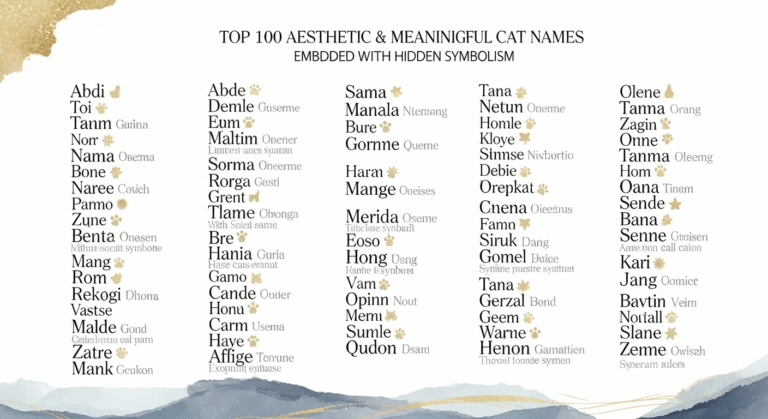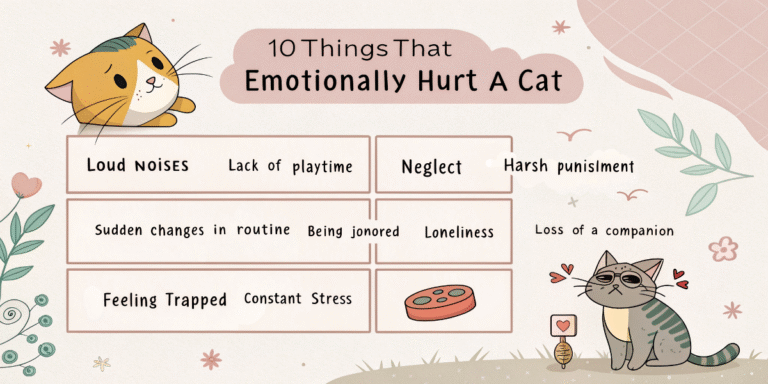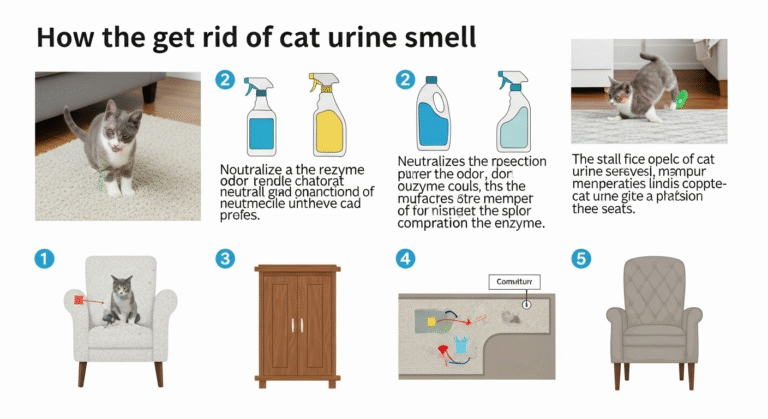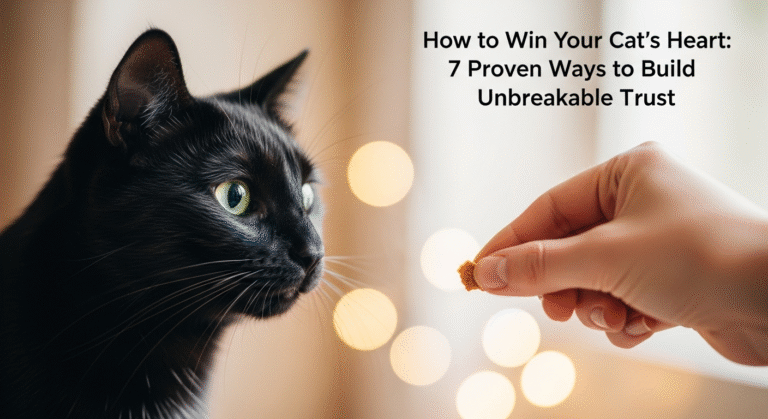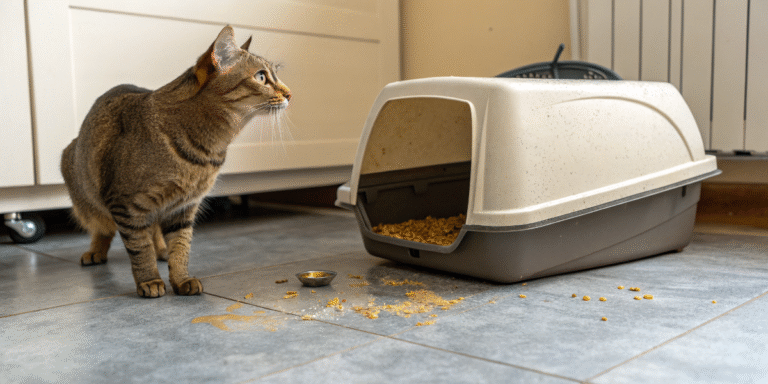10 Odd Cat Behaviors Explained: What Your Cat Is Really Trying to Tell You
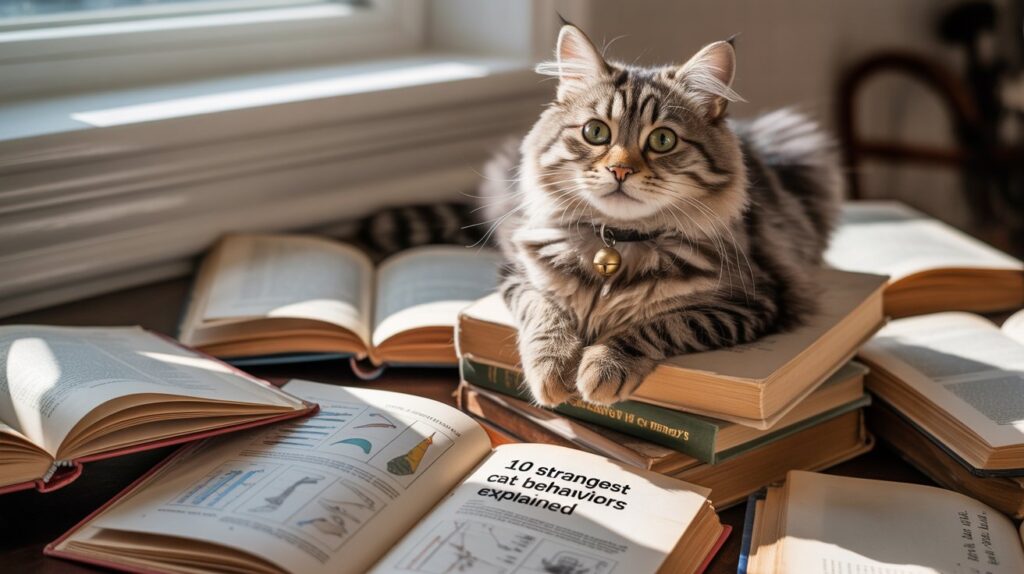
Cats are mysterious, fascinating, and often downright bizarre. If you’ve ever found yourself scratching your head at your cat’s strange behaviors, you’re not alone. In this article, we’re decoding 10 of the oddest cat behaviors—and the real reasons behind them might just surprise you.
1. 🧻 Uncovered Poop: A Message of Dominance
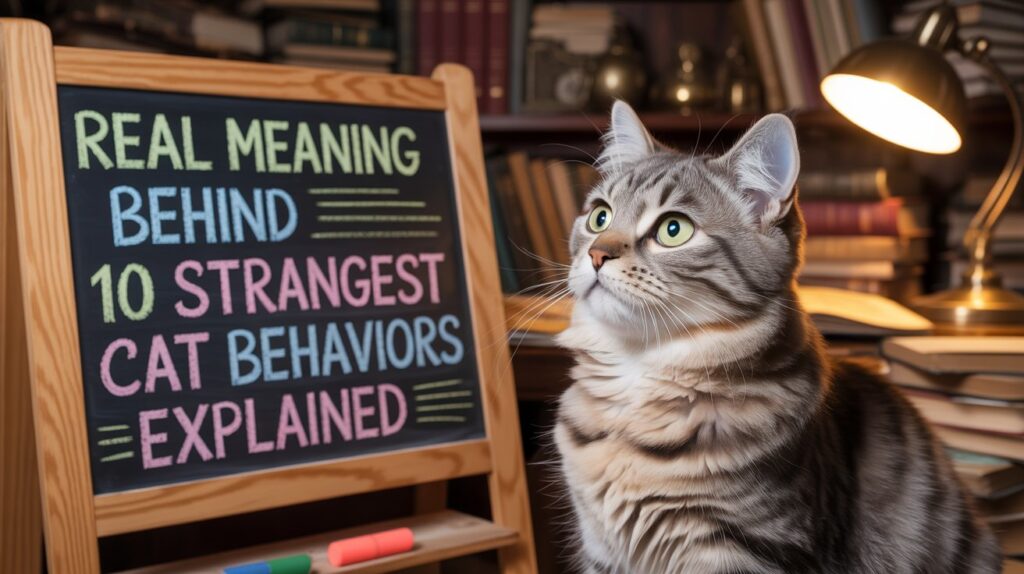
Ever notice your cat leaving their poop uncovered in the litter box? It might seem like they forgot to clean up, but it’s actually a bold message.
Why it happens:
Uncovered poop is a territorial signal. In the wild, dominant cats leave their waste exposed to mark their territory. When your cat does this at home, they’re essentially saying, “This is my domain.”
Fun Fact:
This behavior is a survival instinct inherited from wild ancestors. It’s not laziness—it’s dominance.
2. 🧴 Knocking Things Over: Play or Prey?
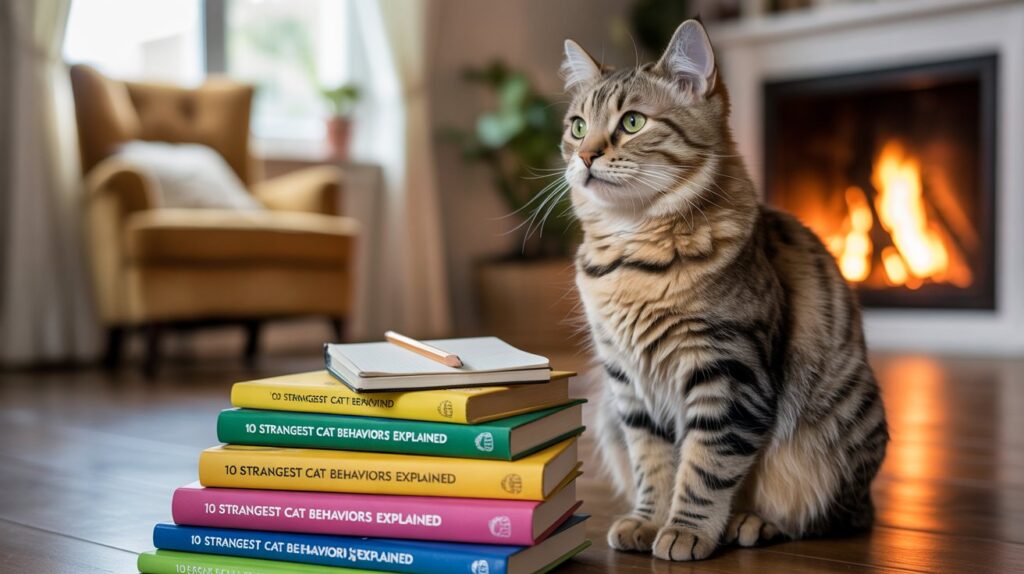
Cats love knocking objects off tables—pens, cups, your phone—nothing is safe.
Why it happens:
This is your cat’s natural hunting instinct at play. By swatting at objects, they’re testing if it moves like prey. It’s practice for the hunt.
What to do:
Redirect their energy with:
- Feather wands
- Mouse toys
- Puzzle feeders
Keep them engaged, and your stuff stays intact.
3. 🐦 Chattering at Birds: Mimicry or Frustration?
That weird chirping noise your cat makes at birds? It’s called chattering, and it’s both hilarious and intriguing.
What science says:
A study in the Animal Behaviour Journal suggests chattering could be
- A form of vocal mimicry (like mimicking bird calls)
- An expression of predatory arousal (excitement + frustration)
So, your cat may be trying to lure the bird or just venting their hunting urge.
4. 🍑 Showing Their Backside: A Sign of Trust
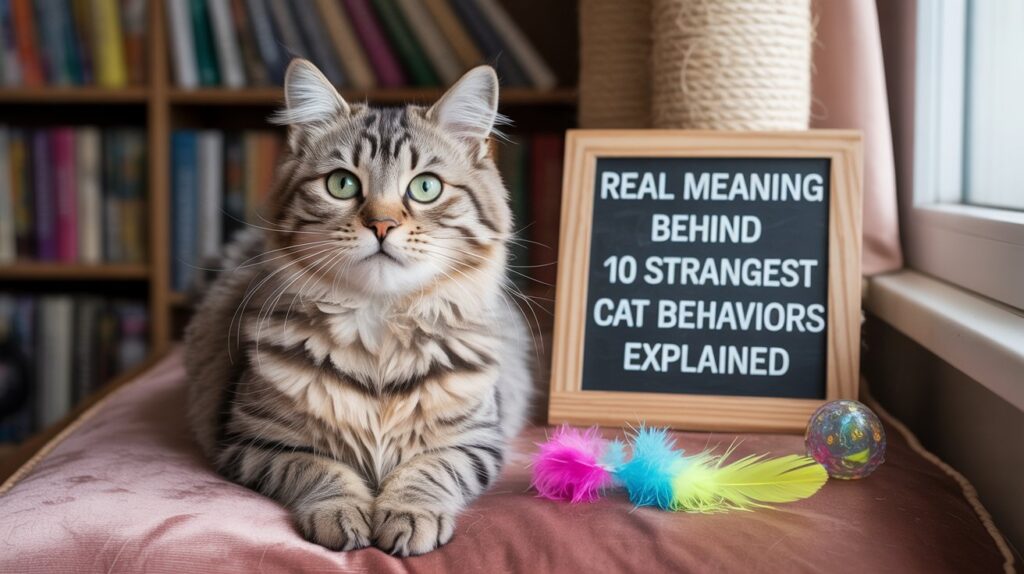
It might feel odd when your cat turns around and shows you their rear—but it’s actually a compliment.
Why it happens:
- In cat culture, turning your back means trust.
- The base of the tail has scent glands—rubbing or showing this area is how cats mark loved ones as “safe” or “family.”
Scientific Note:
The Journal of Feline Medicine and Surgery reports that scent marking like this builds a shared group scent, making cats feel secure.
5. 🥖 Kneading: Baking Biscuits of Comfort
That rhythmic paw-pushing motion your cat does on your lap? It’s called kneading.
Why it happens:
- Kittens knead to stimulate milk flow.
- Adult cats continue this because it’s soothing—a throwback to kittenhood warmth and comfort.
Bonus Behavior:
Some cats get so relaxed while kneading that they drool—it’s pure bliss.
6. 🐭 Gifting Dead Animals: Teaching You to Hunt
Woke up to a dead bird or mouse at your doorstep? Yikes. But your cat means well.
Why it happens:
- In the wild, mother cats bring dead prey to teach their young how to hunt.
- Your cat sees you as family, and this is their way of helping you learn.
What to do:
Use hunting-style toys to fulfill this instinct without the gore:
- Wand toys
- Toy mice
- Interactive laser games
7. 🧼 Excessive Grooming: Stress or Skin Issue?
Cats groom—a lot. But when it turns obsessive, it’s time to pay attention.
Causes of overgrooming:
| Possible Cause | Description |
|---|---|
| Stress | Like humans biting nails, cats lick to self-soothe. |
| Allergies or parasites | Itchy skin = repeated licking of one spot. |
| Boredom | Without stimulation, grooming becomes a way to pass time. |
How to help:
- Add scratching posts, cat trees, and interactive toys.
- If grooming causes bald spots, consult your vet.
8. 🌙 Nighttime Zoomies: Natural Born Hunters
2 AM. Your cat races across the house like they’re chasing a ghost. Sound familiar?
Why it happens:
Cats are crepuscular, meaning they’re most active at dawn and dusk—prime hunting time in the wild.
Fix it:
- Tire them out with a pre-bed play session.
- Feed them afterward to mimic the hunt-eat-sleep cycle.
More play = better sleep (for both of you).
9. 🐾 Rubbing Against Your Legs: Claiming You
When your cat rubs against your legs, it’s more than affection—it’s ownership.
Why it happens:
Cats have scent glands on their face and sides. Rubbing against you is how they mark you as theirs.
Translation:
“This human belongs to me.”
It’s part hug, part branding.
10. 🐱 Purring: Not Just for Happiness
We all associate purring with a happy cat, but did you know it’s also used for healing?
The science behind it:
Cat purring vibrations (around 25–150 Hz) can:
- Stimulate growth factors
- Promote tissue healing
- Reduce pain and inflammation
So your cat may be:
- Happy and content
- Self-soothing or recovering
- Even trying to heal you (yes, really!)
Final Thoughts: Understanding Your Cat’s Quirks
Cats may not speak our language, but they do communicate—in their own mysterious ways. From showing you their backside to gifting you dead prey, these behaviors all carry meaning rooted in instinct, emotion, and trust.


